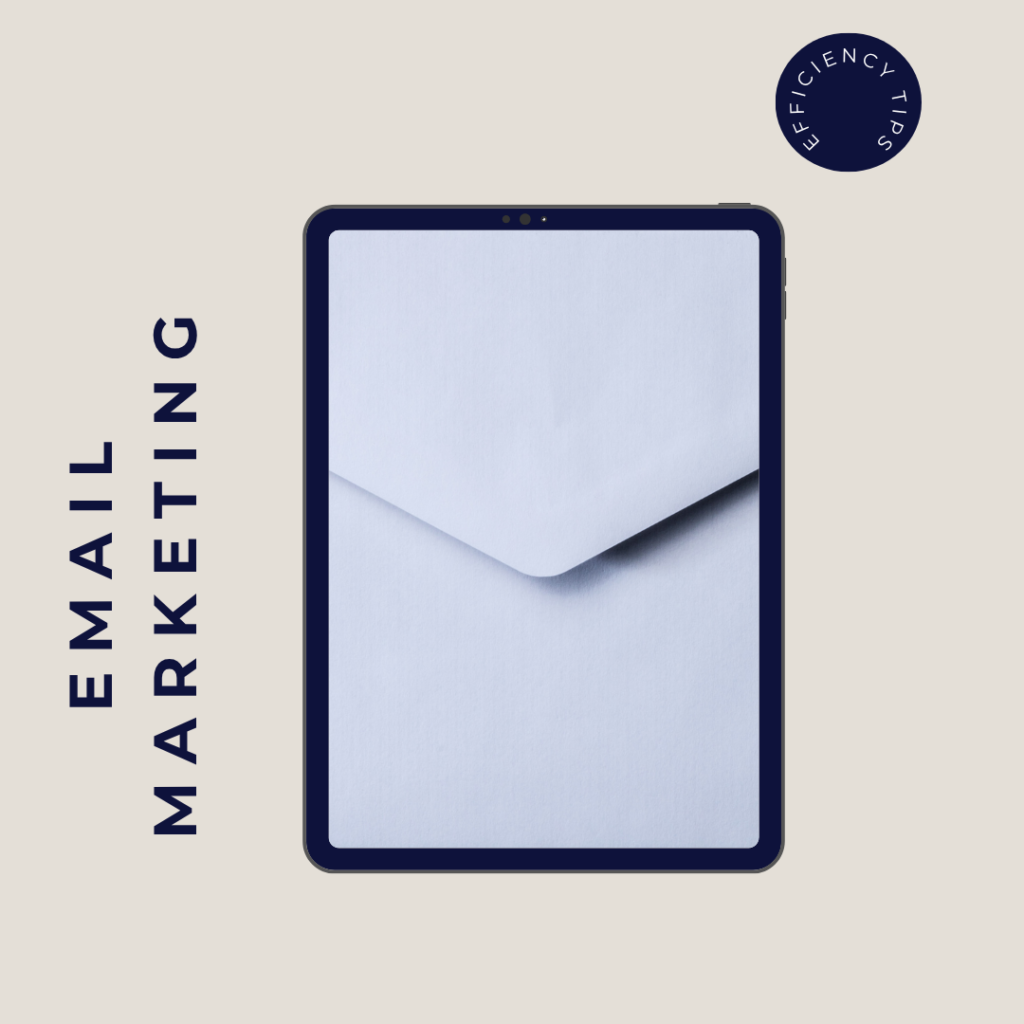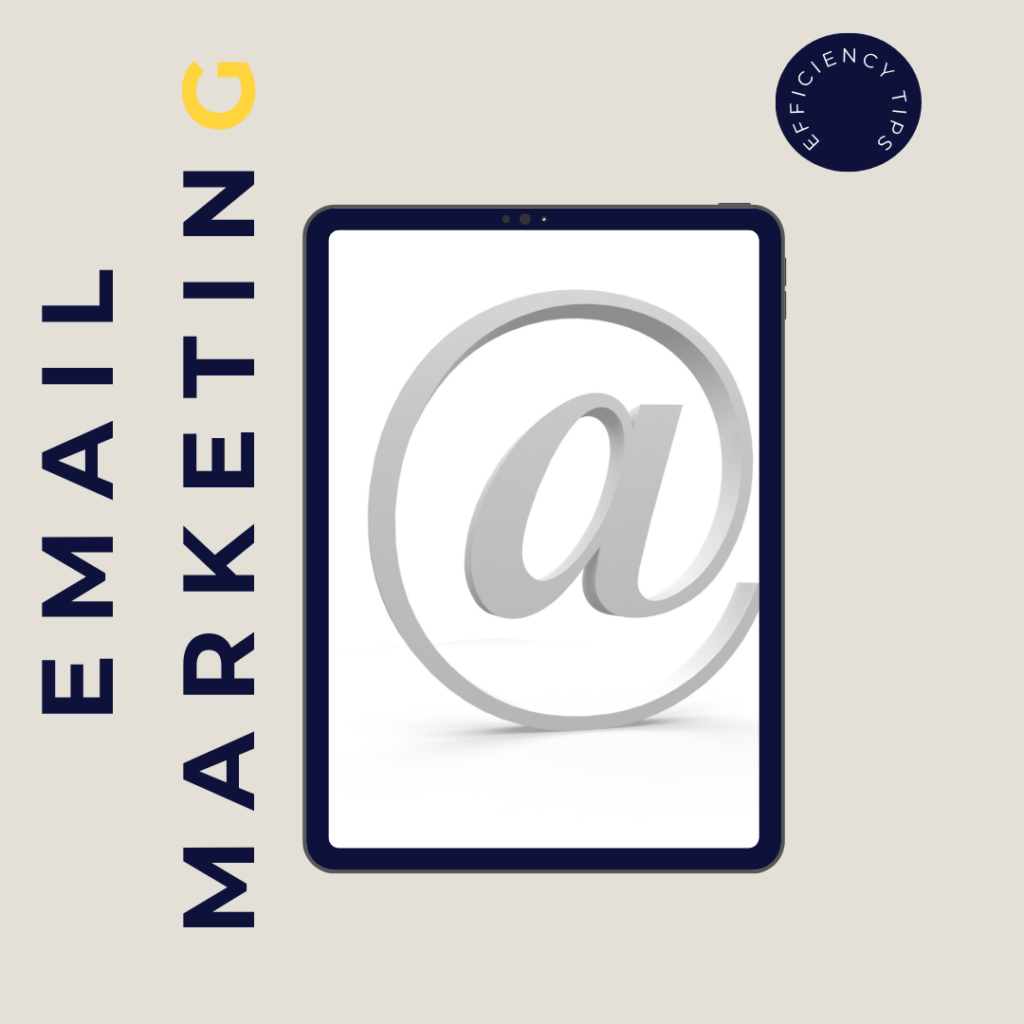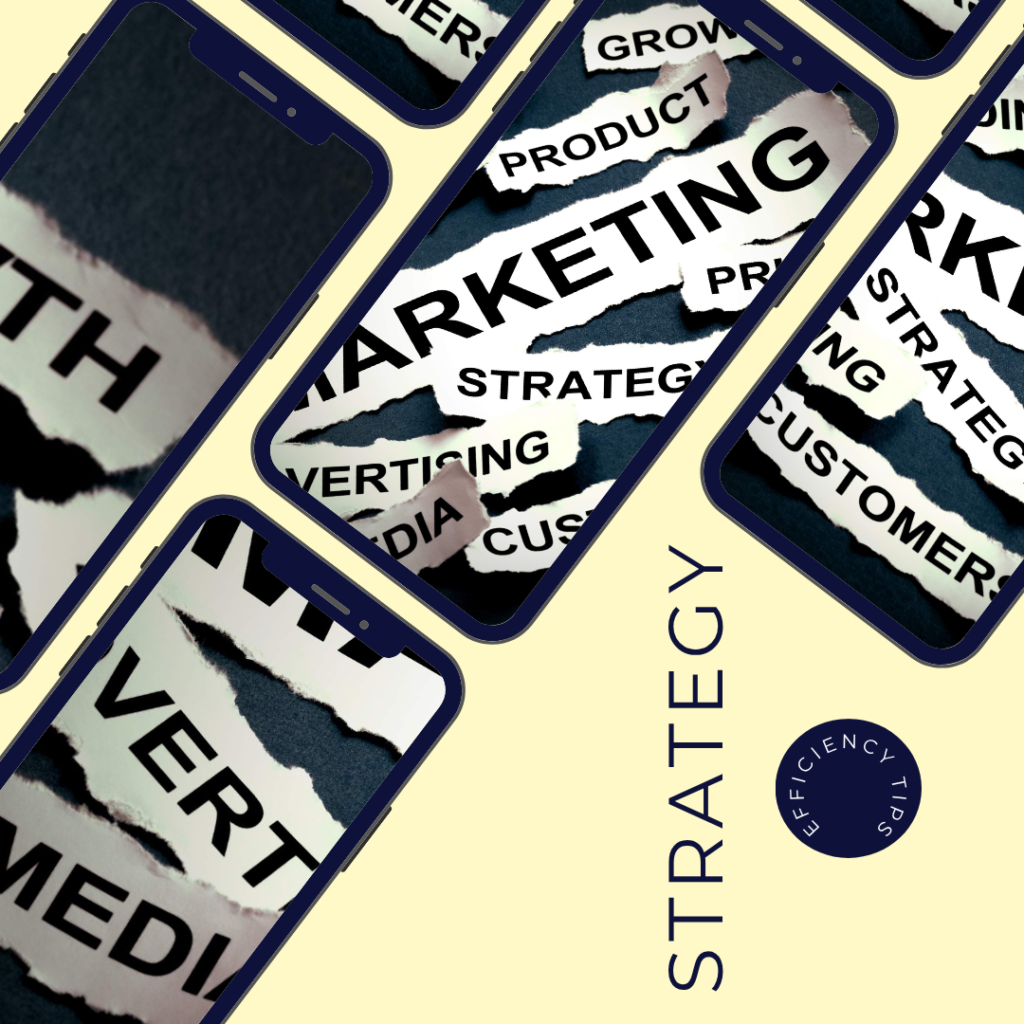Email marketing might seem like an old-school tactic in today’s fast-paced digital landscape, but it remains one of the most effective tools for businesses to connect with their audience. Whether you’re a startup, a small business, or a global brand, email marketing is an invaluable asset for building relationships, driving sales, and growing your business.


At its core, email marketing is a digital marketing strategy where businesses use email to communicate directly with their audience. It’s more than just sending newsletters—it involves personalized, targeted messages designed to:
Email marketing allows brands to land in their audience’s inbox, creating a direct and personal connection unmatched by other marketing channels.
Sure, many people receive hundreds of spam emails every day. And it’s very hard to believe, but thoughtful email marketing that takes feedback metrics into account really works! There are several reasons for this
Unlike social media posts that might get buried in a crowded feed, email reaches your audience directly. With 4.3 billion email users globally, it’s a channel that ensures your message is delivered to the right people at the right time.
Email marketing is one of the most cost-effective strategies available. For every dollar spent, businesses earn an average return of $36, making it an excellent choice for companies looking to maximize their budget.
From e-commerce to non-profits, email marketing works for everyone. Whether you’re launching a product, hosting an event, or sharing updates, email provides the flexibility to tailor campaigns to your unique goals.
Modern email marketing tools allow businesses to personalize messages like never before. Using segmentation, you can group your audience based on factors such as:
Personalized emails have a 26% higher open rate, proving that tailored content resonates with audiences.
Social media platforms are powerful, but they come with risks—algorithm changes or account bans can suddenly limit your reach. With email, you own your audience. Your email list is a stable and reliable asset that doesn’t depend on third-party platforms.
Email marketing provides detailed analytics, including open rates, click-through rates, and conversions. These insights allow you to refine your strategy and continuously improve your results.
With email automation, businesses can create sequences that nurture leads, onboard new customers, or follow up after purchases—all without manual effort. Automation ensures timely and consistent communication, building stronger relationships with minimal effort.
Today, more than 50% of emails are opened on mobile devices. With responsive design, emails look great on any screen, making them an accessible and convenient way to reach your audience wherever they are.
Email marketing remains a cornerstone of digital marketing for a reason. Its ability to deliver personalized, direct, and cost-effective communication makes it a vital tool for businesses of all sizes. While trends and platforms may change, email marketing continues to prove its worth as a reliable and powerful way to engage with your audience.
If you haven’t already started leveraging email marketing, now is the perfect time to dive in. Build your list, craft engaging campaigns, and watch your business thrive!
Answering these questions helps you create perfect marketing strategy.
By asking these questions and tracking these metrics, you can craft and optimize a results-driven email marketing strategy. Let me know if you need help tailoring these further!
Delivery Metrics
Delivery Rate: Percentage of emails successfully delivered to recipients’ inboxes.
Bounce Rate: Percentage of emails that could not be delivered (soft vs. hard bounces).
Engagement Metrics
Open Rate: Percentage of recipients who opened the email.
Click-Through Rate (CTR): Percentage of recipients who clicked on links within the email.
Click-to-Open Rate (CTOR): Percentage of opened emails that resulted in a click.
Conversion Metrics
Conversion Rate: Percentage of email recipients who completed a desired action (e.g., purchase, form submission).
Revenue per Email (RPE): Total revenue generated divided by the number of emails sent.
Retention Metrics
Unsubscribe Rate: Percentage of recipients who opted out of future emails.
Spam Complaint Rate: Percentage of recipients who marked the email as spam.
List Health Metrics
List Growth Rate: Rate at which your email list is growing over time.
Engagement Score: Overall engagement level of subscribers (e.g., active vs. inactive).
Campaign Quality Metrics
Time Spent Reading: Average time recipients spend reading your emails.
A/B Testing Results: Performance comparisons of different subject lines, content, or layouts.
Technical Metrics
Email Render Rate: Percentage of emails displayed correctly across devices.
Spam Score: Likelihood of an email being flagged as spam based on content and technical factors.

Social media marketing is a powerful tool for building brand awareness, engaging with target audiences, and driving conversions
SEO is one of the most effective long-term digital marketing strategies for increasing visibility, traffic, and credibility.
PPC advertising is a highly effective way to generate immediate traffic, leads, and sales through paid placements on search engines and social platforms.